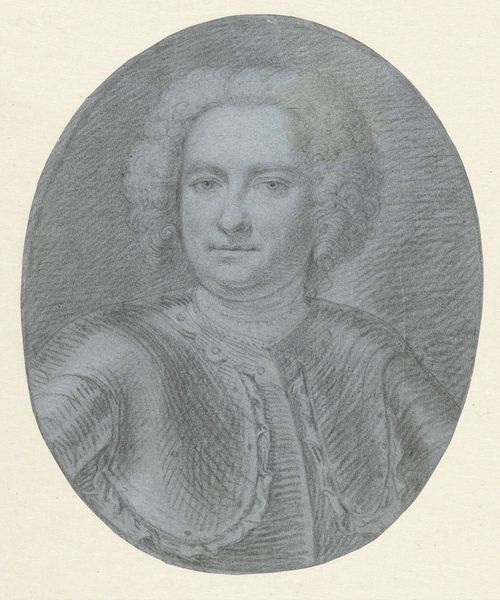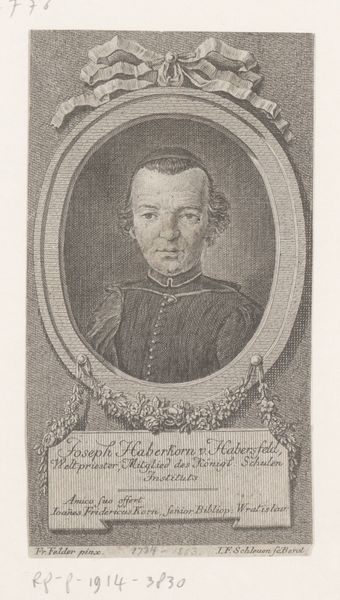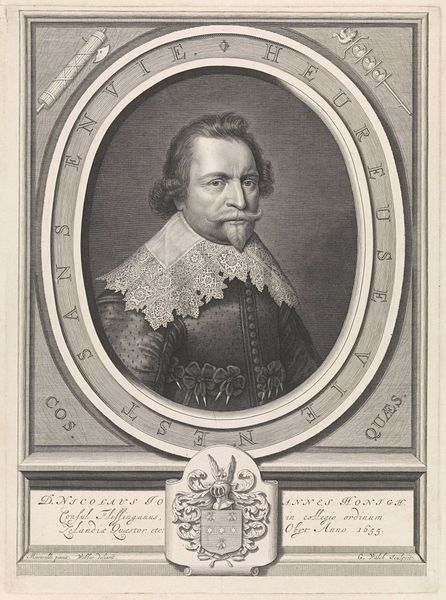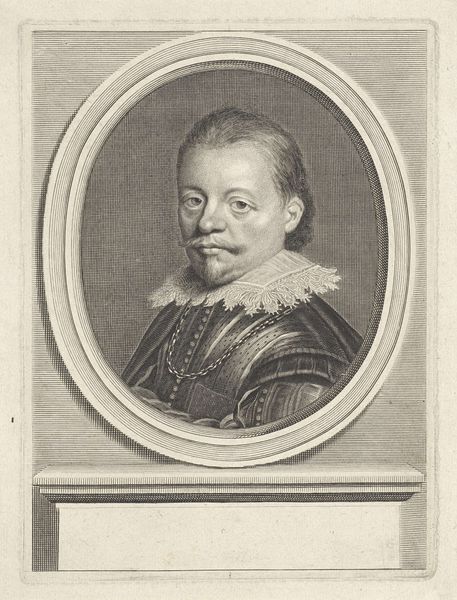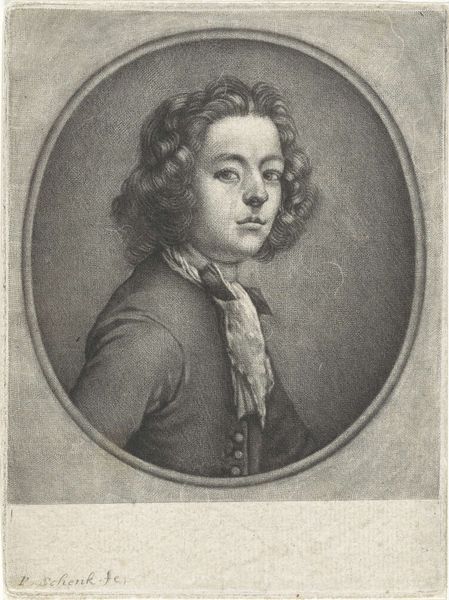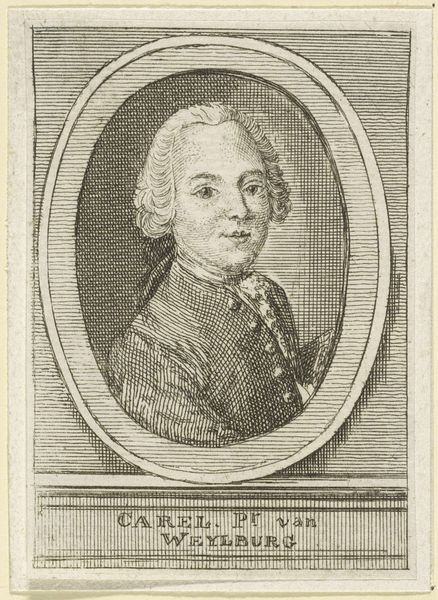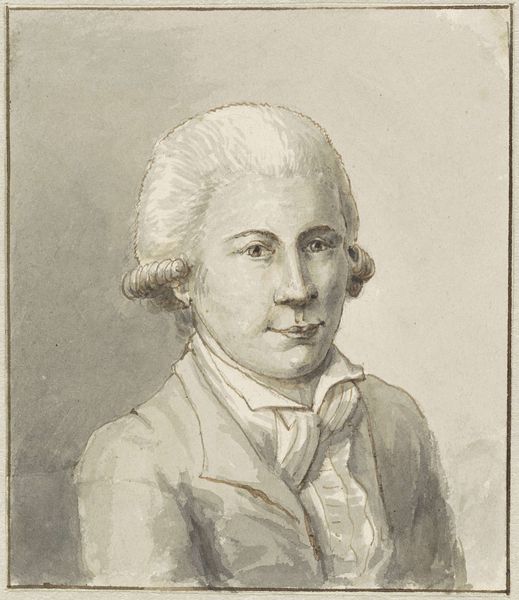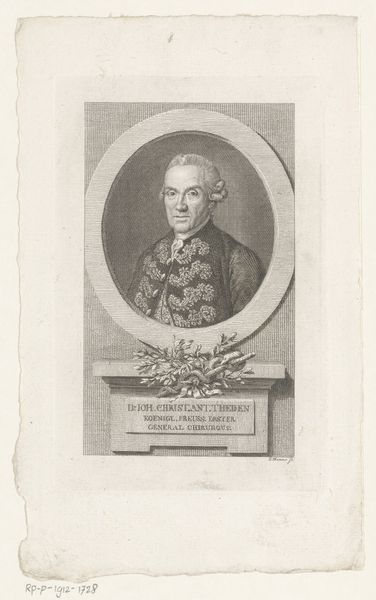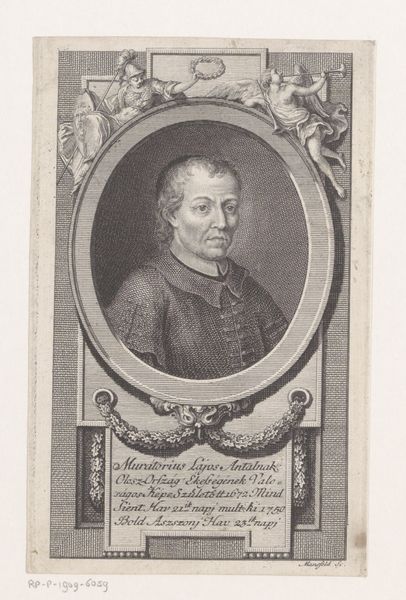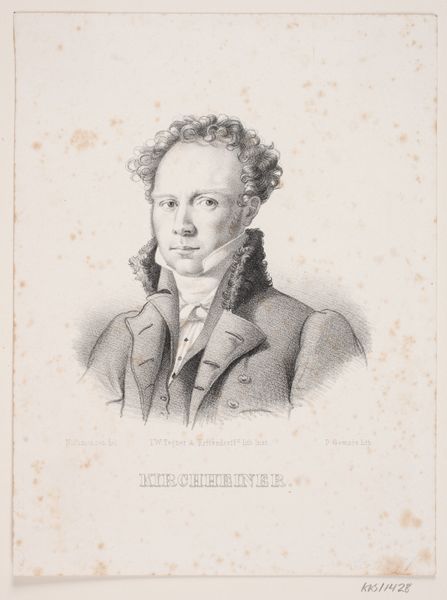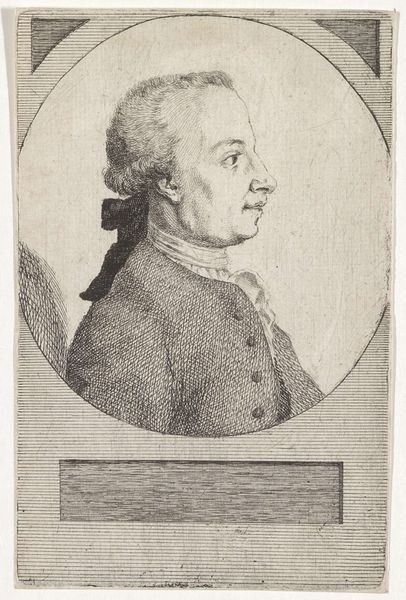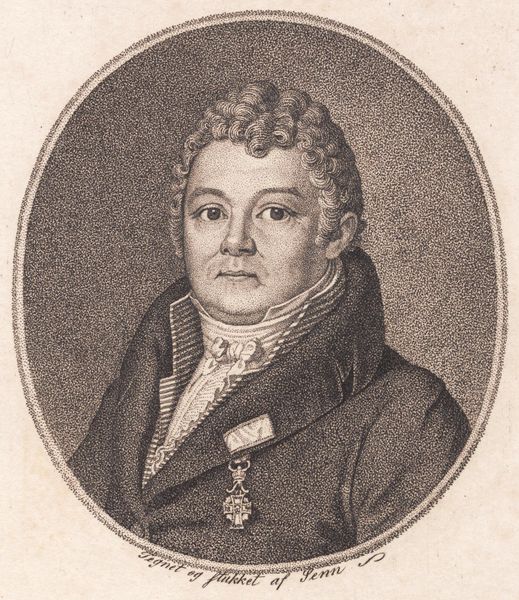
engraving
#
portrait
#
mannerism
#
northern-renaissance
#
engraving
Dimensions: height 59 mm, width 41 mm
Copyright: Rijks Museum: Open Domain
Curator: Here we have Hendrick Goltzius's "Portret van een jongeman in harnas", or "Portrait of a Young Man in Armor," created in 1579, now residing in the Rijksmuseum. It’s a fascinating engraving. Editor: Yes, the intricate details are striking. Even though it’s monochrome, the textures – the youthful skin against the hard armor – almost pop off the surface. There's something almost delicate about his gaze, softened against the rigidity of his outfit. Curator: The oval format, typical of portrait miniatures, adds to that sense of intimacy and objecthood. Note how Goltzius used line variation and density to sculpt form and define light and shadow, especially in the intricate design of the armor. Editor: That armor is more than mere ornamentation, I think. It tells a story of production, of metalwork—the craftsman's labor materialized for a young man preparing to represent, or possibly defend, his station in society. How different that painstaking process would be from the speed of mechanized reproductions! Curator: Indeed, the Mannerist style emphasizes artifice. Goltzius is showcasing his skill, his command over the burin. The work isn't merely representational, but highlights its own making and the skill of the engraver, playing with depth and flatness simultaneously. Editor: Looking closely, you can see the physical process of etching; each mark carries evidence of Goltzius's hand. What about the materials – the paper, the ink? Each holds history. Considering their cost at the time adds another dimension to the portrait's meaning. It would have been an accessible but still prestigious status symbol. Curator: An intriguing point. By choosing engraving, Goltzius created a potentially reproducible image, but one still grounded in meticulous labor and a particular set of aesthetic values emphasizing technical prowess and visual complexity. The engraving could democratize images but maintain hierarchical values by encoding skill within its material form. Editor: The engraving presents not only an individual but also, a record of cultural, technological, and economic systems at the close of the 16th century, bound by materials and practices. Curator: Absolutely. It's a stunning example of how Goltzius, within a seemingly simple portrait, synthesized technical mastery with layered meanings about identity and status. Editor: Thinking about this portrayal of a young man in armor makes you appreciate all the material culture embedded, even in such a formally structured piece. The engraving feels more significant as a result of this intersection.
Comments
No comments
Be the first to comment and join the conversation on the ultimate creative platform.
